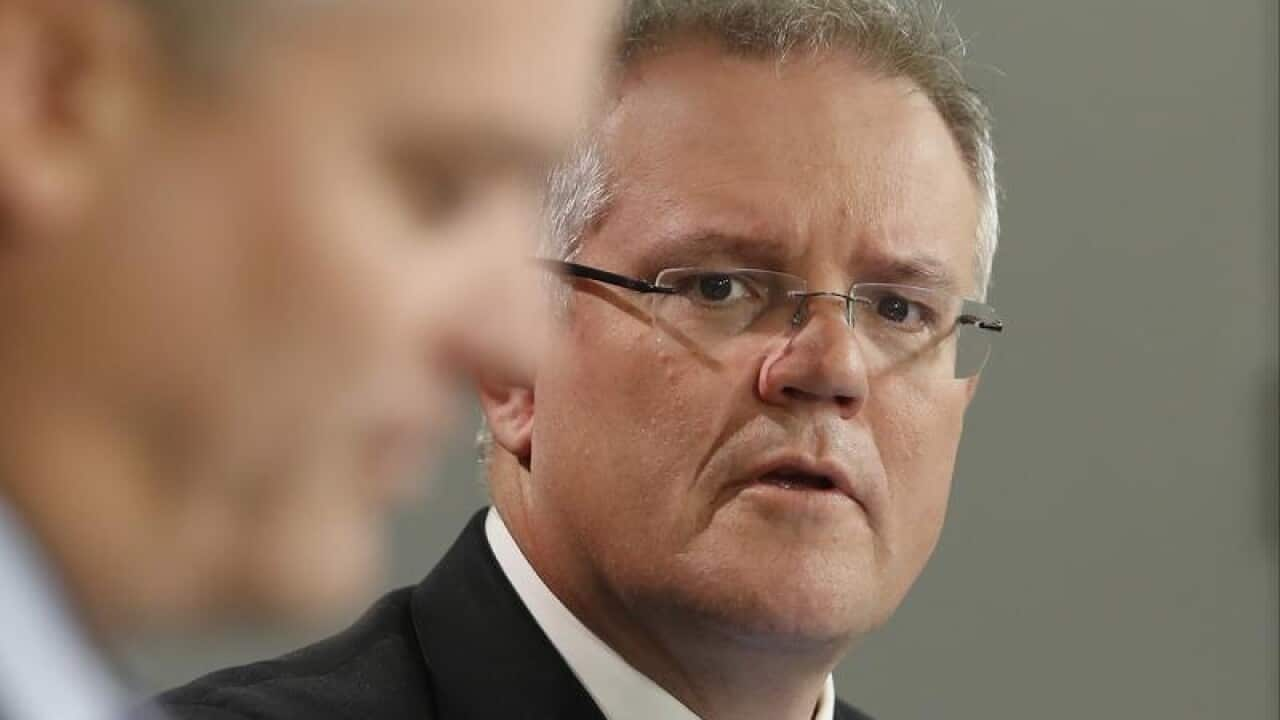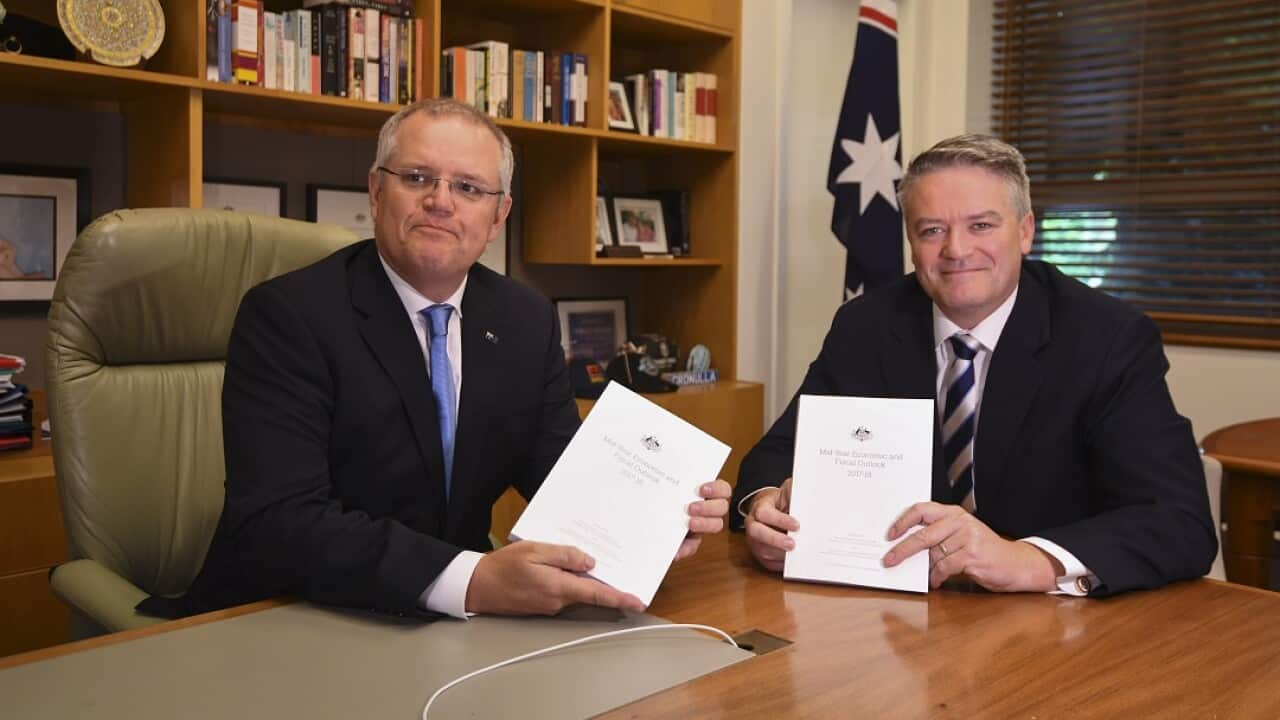Treasurer Scott Morrison insists the Turnbull government has the federal budget on the right track while setting out parameters for a May announcement about personal tax cuts.
Handing down the mid-year budget review on Monday, Mr Morrison is sticking to his promise of a budget surplus by mid-2021 and expects it will be almost $3 billion larger at $10.2 billion than previously forecast.
And for this financial year, Mr Morrison is forecasting a smaller deficit of $23.6 billion compared to the previous estimate of $29.4 billion.
Here's a break down of what you need to know:
Key spending since the May Budget
- $2.1 billion for new and changed listings on the Pharmaceutical Benefits Scheme, including for chronic lymphocytic leukaemia.
- An extra $1.3 billion for the new schools funding package over four years.
- Pushing ahead with an alternative university package, including freeze on total Commonwealth Grant Scheme funding from January 1, 2018. The reforms will cost $605 million over four years (but are a saving on the previously proposed package).
- $118 million for the Office of National Intelligence.
Key savings since the May Budget
- Broadening the waiting period criteria for new migrants before they can access some welfare benefits - saving $1.2 billion over four years.
- A new minimum HELP loan repayment threshold of $45,000 from July 1, 2018.
- Greater family day care compliance measures - saving $1 billion over four years.
- Changes to after-hours doctor visits - part of a broader package saving $409 million (which will be directly reinvested into Medicare).
- Ceasing the School Enrolment and Attendance Measure - saving $29.6 million over four years.
- Using Family Tax Benefit lump-sum, reconciliation or instalment arrears payments to repay outstanding social security, student assistance and parental leave debts from December 2018 - saving $176.6 million.
Budget forcasts
- 2017/18 deficit $23.6 billion vs $29.4 billion at time of May budget
- 2018/19 deficit $20.5 billion vs $21.4 billion
- A surplus is still projected in 2020/21
Economic growth
- 2017/18 2.5 per cent vs 2.75 per cent
- 2018/19 3.0 per cent vs 3.0 per cent
Unemployment rate
- 2017/18 5.5 per cent vs 5.75 per cent
- 2018/19 5.25 per cent vs 5.5 per cent
Wage growth
- 2017/18 2.25 per cent vs 2.5 per cent
- 2018/19 2.75 per cent vs 3.0 per cent
CPI
- 2017/18 2.0 per cent vs 2.0 per cent
- 2018/19 2.25 per cent vs 2.25 per cent


